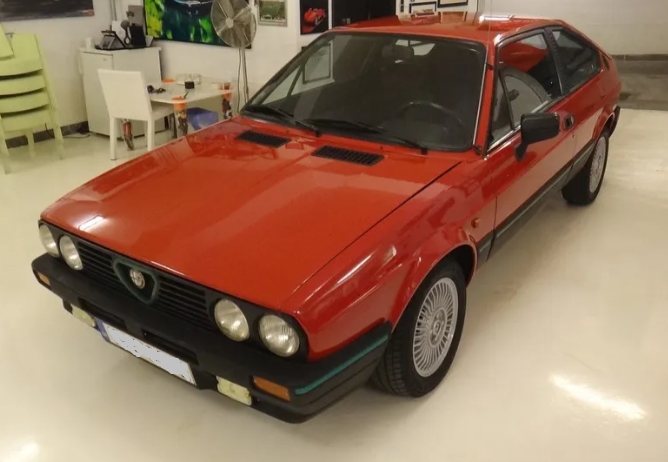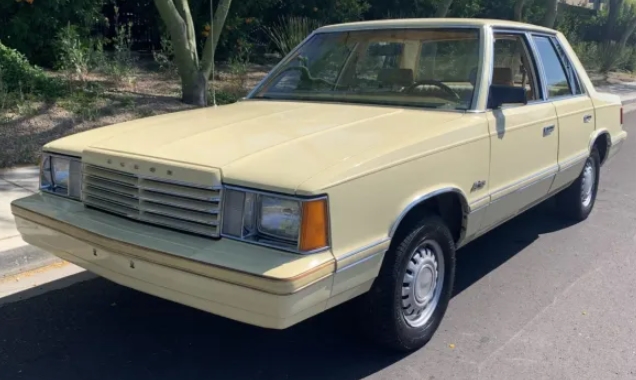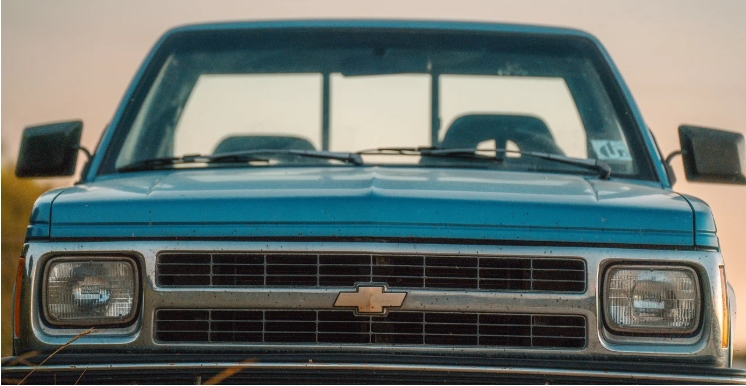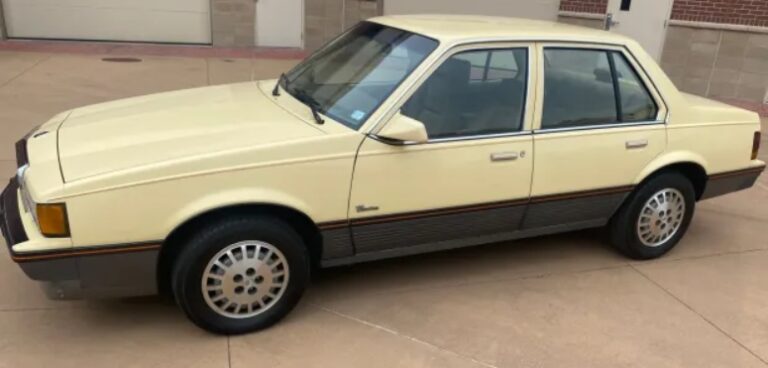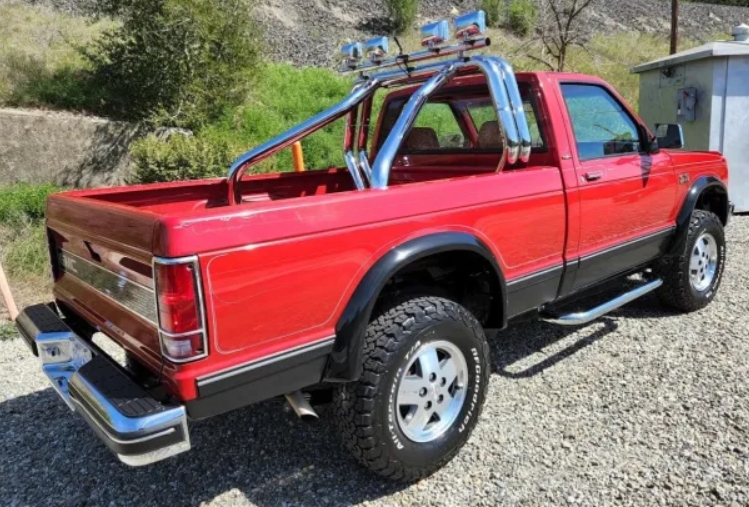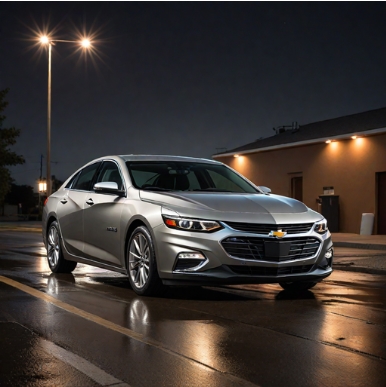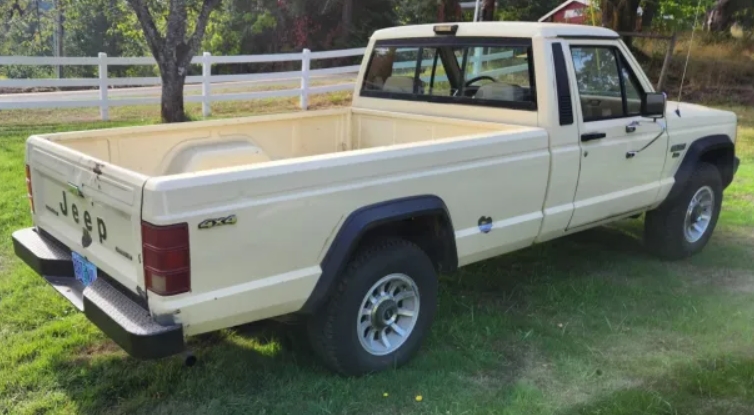The Enduring Wedge: The Evolution of the Alfa Romeo Sprint
In the pantheon of Alfa Romeo, a marque defined by passion, style, and a uniquely soulful approach to engineering, some models roar while others sing. The Alfa Romeo Sprint was a singer. Born from the brilliant but beleaguered Alfasud project, the Sprint evolved over a remarkable thirteen-year production run from a delicate, chrome-adorned coupé into a muscular 1980s sports GT. It was a car that perfectly encapsulated the Alfa Romeo ethos of its era: a sublime driving experience and breathtaking design, often packaged with frustrating but forgivable flaws. Its story is not one of revolution, but of careful, continuous evolution, a journey that charts the changing automotive landscape from the mid-1970s to the cusp of the 1990s.
Part I: The Genesis – The Alfasud Sprint (1976–1982)
To understand the Sprint, one must first understand its parent, the Alfasud. Launched in 1972, the Alfasud was a radical departure for Alfa Romeo—a front-wheel-drive family saloon built in a new state-owned factory near Naples. Despite its humble aspirations, it was an engineering marvel. It featured a compact, free-revving flat-four “boxer” engine, which provided a low centre of gravity, and a sophisticated suspension setup that endowed it with handling capabilities far beyond its class.
It was this exceptional dynamic platform that begged for a sportier, more stylish body. Alfa Romeo turned to the master of the “folded paper” design school, Giorgetto Giugiaro at Italdesign. The result, unveiled in 1976, was the Alfasud Sprint. It was a masterpiece of proportion and minimalist elegance. A sharp, wedge-shaped profile, a sleek fastback roofline terminating in a distinctive Kamm tail, and large glass areas created an impression of speed and lightness. It was instantly one of the most beautiful small coupés in the world.
Initially, the car was a pure expression of its design, powered by the Alfasud’s largest available engine.
Alfasud Sprint 1.3 (1976–1978): The launch model was simply badged “Alfasud Sprint.” It was powered by a 1,286 cc boxer engine, fed by a single twin-choke carburettor, producing a modest 76 PS. While not blisteringly fast, the car’s light weight (around 890 kg) and the engine’s willingness to rev, combined with the Alfasud’s legendary chassis, made it a joy to drive. Its minimal chrome trim, simple steel wheels, and fabric interior underscored its role as a stylish but accessible sports coupé.
As the market demanded more performance, Alfa Romeo responded by introducing the revered “Veloce” (Italian for “fast”) designation to the Sprint lineup.
Alfasud Sprint Veloce 1.3 (1978–1979): This model retained the 1,286 cc engine but was upgraded with two double-choke carburettors, boosting power significantly to 86 PS. This transformed the car’s character, making it much livelier and more responsive, allowing drivers to better exploit the brilliant chassis.
Alfasud Sprint Veloce 1.5 (1978–1982): Launched alongside the Veloce 1.3, this was the model that truly defined the first-generation Sprint. It featured an enlarged 1,490 cc boxer engine, which, with its twin double-choke carburettors, produced a healthy 95 PS. This extra torque and power gave the Sprint the performance to match its looks, capable of a top speed over 110 mph. Cosmetically, the Veloce models were distinguished by details like quad-leaf clover badges on the C-pillars, sportier wheel designs, and often more luxurious interior appointments, including optional leather steering wheels and improved seat fabrics.
Throughout this period, special editions like the “Trofeo” were offered in some markets to celebrate the Sprint’s success in one-make racing series, typically featuring unique decals and colour schemes.
However, the early Sprint shared not only the Alfasud’s dynamic genius but also its infamous Achilles’ heel: rust. The combination of poor-quality steel sourced from the Soviet Union and questionable rust-proofing techniques at the new southern Italian factory meant that many of these beautiful cars began to corrode with alarming speed. It is this single factor that makes finding a solid, original first-series Sprint an immense challenge today.
Part II: The Transformation – The Alfa Romeo Sprint (1983–1989)
By 1983, the automotive world had changed. The delicate chrome and clean lines of the 70s were giving way to the chunkier, plastic-clad aesthetic of the 80s. More importantly, the Alfasud saloon was being replaced by its successor, the Alfa 33. While the Sprint’s timeless body was retained, it received a major facelift and mechanical update to align it with the new 33, from which it now borrowed its floorpan and running gear.
This “Series 3” update was comprehensive. Externally, the delicate chrome bumpers were replaced with heavy-duty body-coloured plastic ones. A new front grille, plastic side mouldings, updated rear light clusters, and revised wing mirrors brought the car’s look firmly into the new decade. The interior was completely redesigned, ditching the quirky Alfasud dashboard for a more conventional, angular design shared with the Alfa 33.
Crucially, the car was officially rebranded. The “Alfasud” prefix was dropped, and it was now marketed simply as the Alfa Romeo Sprint. This marked its transition from a derivative of a family car into a standalone model in the Alfa Romeo range.
The model lineup was also revised, introducing the legendary Quadrifoglio Verde (Green Cloverleaf) as the top-tier performance badge.
Sprint 1.3 (1983–1989): The entry-level model continued, now using the updated 1,351 cc boxer engine from the Alfa 33. Fed by twin double-choke carburettors, it produced a familiar 86 PS, offering brisk performance in the slightly heavier facelifted body. It served as an accessible entry point into the charismatic world of the Sprint.
Sprint 1.5 Quadrifoglio Verde (QV) (1983–1989): This became the most popular and desirable model of the second generation. The 1,490 cc engine was carried over but tuned to produce a more potent 105 PS. The Sprint QV was the complete package. It featured sporty aesthetic enhancements like green bumper inserts, a small rear spoiler, unique 14-inch alloy wheels, and a green “Quadrifoglio Verde” decal on the rear. Inside, occupants were treated to heavily bolstered sports seats, often with “QV” logos, and a sportier steering wheel. The QV was a true driver’s car, its effervescent boxer engine and telepathic handling providing an experience unmatched by most of its front-wheel-drive rivals.
As the decade progressed, a few special editions kept the range fresh.
Sprint Grand Prix (1986): A notable special edition, the Grand Prix was offered with the 1.5-litre engine and featured a distinctive Zender body kit, including a deeper front spoiler, side skirts, and a larger rear spoiler. It was typically finished in black with red accents, giving it a very aggressive, period-correct look.
The Sprint’s final evolution was its most powerful, a swansong that cemented its legacy as a formidable performance coupé.
Sprint 1.7 Quadrifoglio Verde (1987–1989): For its final years, Alfa Romeo fitted the Sprint with the most powerful version of its boxer engine yet, a 1,712 cc unit borrowed from the Alfa 33 1.7 QV. Breathing through two twin-choke Weber or Dell’Orto carburettors, this engine produced a formidable 118 PS. This transformed the Sprint, dropping its 0-60 mph time to under nine seconds and pushing its top speed towards 125 mph. These final models were visually distinguished by new grey-centred “phone dial” alloy wheels and often featured body-coloured mirror housings. The 1.7 QV was the ultimate expression of the Sprint: raw, sonorous, and incredibly engaging to drive. It was the peak of the boxer-engined coupé’s development.
.
Many car aficionados have multiple hobbies, like boating as well as auto stuff. Those who don’t already own a boat (and even some that do), may have thought about building their own boats. It’s really not as hard as you’d think. Just take a look at these easy boat building plans!

.
The Legacy of the Sprint
Production of the Alfa Romeo Sprint ceased in 1989 without a direct successor. Its thirteen-year lifespan had seen it navigate enormous changes in automotive design and technology. It began life as an elegant, almost fragile-looking 70s coupé and ended as a muscular, hot-hatch-baiting 80s sports car.
Today, the Sprint is cherished by Alfisti for its purity of purpose. It represents an era when driving pleasure was paramount. The crisp, responsive steering, the perfectly balanced chassis that encouraged playful lift-off oversteer, and above all, the metallic bark of the boxer engine are sensations that modern cars struggle to replicate. While its reputation was forever tarnished by the rust issues of the early models, its fundamental brilliance as a driver’s car has never been in doubt.
From the first 1.3 Alfasud Sprint to the final 1.7 QV, the car’s evolution was a testament to the strength of its core concept. Giugiaro’s stunning design proved timeless, and the characterful boxer engine and sublime chassis provided a soul that no amount of plastic trim or changing fashion could ever disguise. The Alfa Romeo Sprint remains a high point in the history of the compact sports coupé—a true singer in the grand orchestra of Alfa Romeo.
